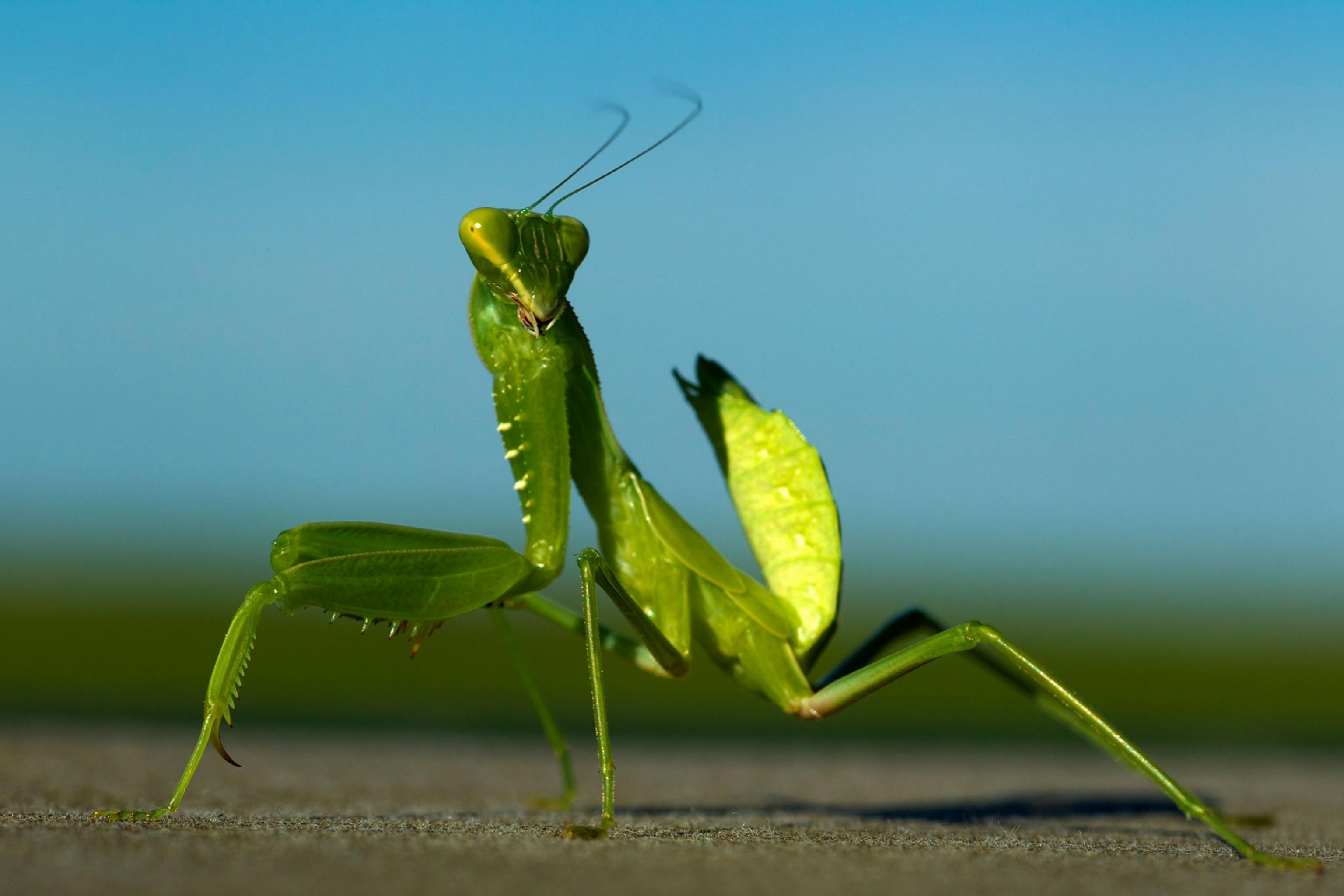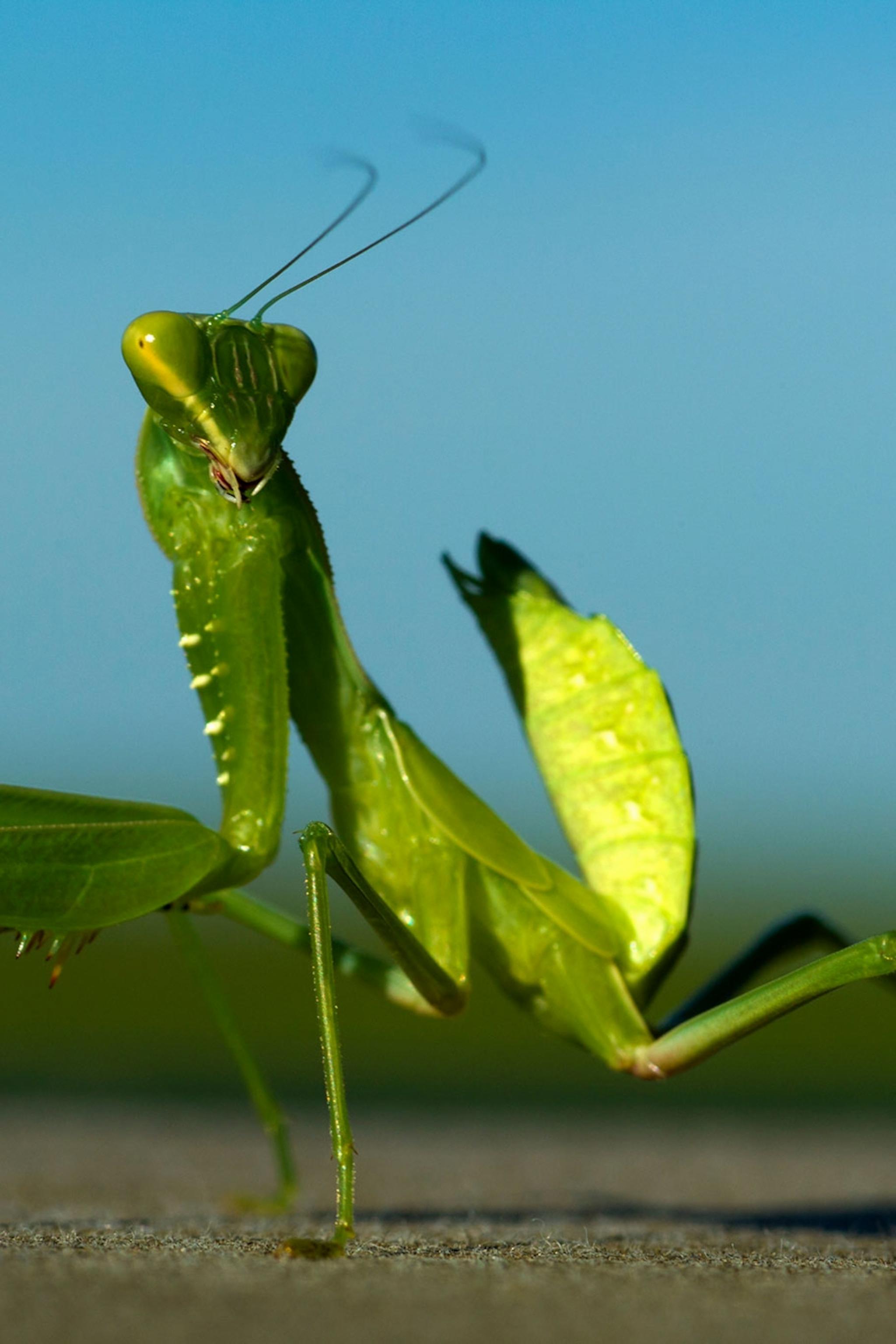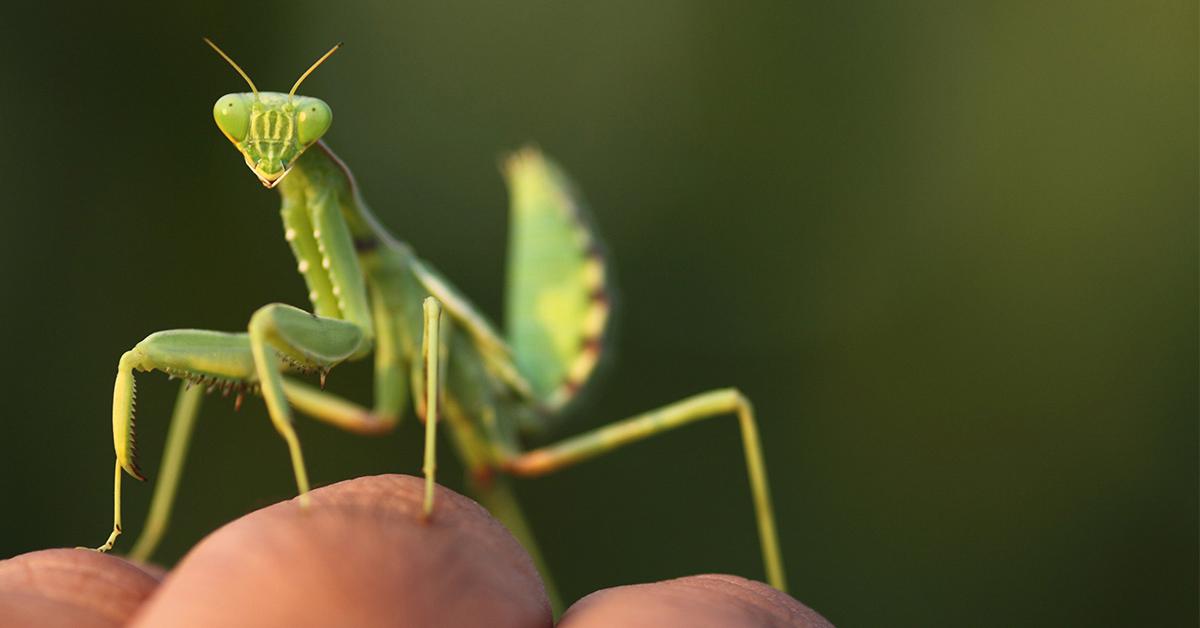Praying mantises are found in tropical and temperate regions aroud the world. In the United States, they are most commonly found in the southern states. Although they are not harmful to humans, they can be dangerous to other insects and small animals.
Praying mantises are carnivorous insects that use their long, front legs to grab prey. They have been known to eat spiders, flies, crickets, and even small birds or rodents. While they are not aggressive towards humans, if they feel threatened, they may try to bite or sting. However, their bites are not poisonous and their stings are not harmful to humans.
Praying mantises are beneficial to gardens and farms as they help control insect populations. However, because of thir predatory nature, they can also be a nuisance to farmers and gardeners. If praying mantises become too numerous in an area, they can decimate local insect populations, which can impact crop yields.
Can A Praying Mantis Hurt You?
Praying mantises are not poisonous and will not sting you. They are, however, carnivorous insects that can deliver a painful bite if they feel threatened. While the bite itself is not harmful, it can be quite painful. In addition, some people may have an allergic reaction to the saliva of a praying mantis, which could lead to more serious health problems.

Is It OK To Hold A Praying Mantis?
It is generally safe to hold a praying mantis, altough there are a few things to keep in mind. First, be sure not to squeeze or pinch the mantis, as this can injure it. Second, be aware that the mantis may try to climb up your arm or onto your head, so keep a close eye on it. Finally, be sure to wash your hands after handling the mantis, as they can carry bacteria that can make you sick.
Should You Kill Praying Mantises?
No, you should not kill praying mantises. These predators play an important role in controlling populations of harmful insects, like aphids, caterpillars and beetles. If you find one in your garden, it is actually doing you a favor by eating the other bugs! If you find one somewhere else, you can help it out by releasing it into your garden.
Is It Good Luck If You See A Praying Mantis?
Yes, the Praying Mantis is considered a good luck charm in many cultures. It is believed to be a symbol of peace, focus, and concentration. Seeing a Praying Mantis is said to be an omen of good fortune in the near future.
What To Do If You Find A Praying Mantis?
The best thing to do if you find a praying mantis is to leave it alone. These insects are beneficial to gardens and yards as they help control pest populations. If you must remove the mantis, put on thick gloves and pick it up from behind, being careful not to get poked by the forelegs or bitten by the mouth. Place the mantis in a box and cover it with the lid before relocating it to a differet area. If you prefer, you can kill the mantis by crushing it with your gloved hand or dropping it into a container of soapy water.

How Do You Befriend A Praying Mantis?
The best way to befriend a praying mantis is to slowly and carefully slide your hand under them, letting them crawl onto your hand. Be sure not to make any quick movements, as this may startle them and caue them to fly away. Once they’re on your hand, you can offer them a small insect to eat, such as a cricket. After doing this a few times, the mantis will begin to associate you with food and will be more comfortable being held by you.
Can I Keep A Praying Mantis In My House Plants?
Yes, you can keep a praying mantis in your house plants. Praying mantises are beneficial insects that help control pests in your garden. They are easy to care for and make interesting pets.
What Bugs Should You Not Kill?
There are many bugs that people should not kill because they are either beneficial to the ecosystem or harmless to humans. Some of these bugs include honey bees, ladybugs, spiders, praying mantises, earwigs, stink bugs, and green lacewings.
Honey bees are important pollinators and help to fertilize plants. They also produce honey, whih is a valuable food source for humans. Ladybugs eat aphids and other harmful pests, making them beneficial to gardens and crops. Spiders are predators that help to control populations of harmful insects. Praying mantises are also predators that can help to keep gardens free of pests. Earwigs are harmless to humans and actually help to aerate soil and eat harmful insects. Stink bugs feed on Aphids and other soft-bodied pests, making them beneficial to crops. Green lacewings are predators that feed on a variety of harmful garden pests.
What Does It Mean To See A Praying Mantis At Your Door?
Different cultures have different interpretations of what it means to see a praying mantis. In some cultures, it is considered to be good luck, while in others it is considered to be bad luck. Christians oftn say that the praying mantis represents spiritualism or piety, and if found in your home, may mean that angels are watching over you.

Is It Still Illegal To Kill A Praying Mantis?
There are no legal ramifications for killing a mantis in North America as they are not an endangered species.
Can I Pick Up A Wild Praying Mantis?
Yes, you can pick up a wild praying mantis. Just hold your hand out to it and it should climb right on. Be careful not to pinch it. You could also use gloves to pick it up.
Should I Put Praying Mantis In My Garden?
There is no easy answer to this question. Praying mantids can be both beneficial and harmful to a garden, depending on the circumstances. If you have a problem with caterpillars or other pests, then adding a few praying mantids to your garden may help to control the population. However, if you have a lot of beneficial insects in your garden (such as bees and butterflies), then the praying mantids may do more harm than good by eating them. Ultimately, it is up to the gardener to decide whether or not to add praying mantids to their garden.
How Painful Is A Praying Mantis Bite?
Praying mantis bites are not typically painful for humans. They have small mouths and teir bites do not usually cause much harm. However, some people may experience a small pinch when bitten.

What Is A Praying Mantis Favorite Food?
Praying mantises are carnivorous insects that primarily feed on other insects. Their favorite foods include pests like aphids, pollinators like butterflies and flies, and even other predators like spiders. They use their powerful front legs to grab and subdue their prey before devouring it.
How Long Do Praying Mantis Live For?
Praying mantis can live for anywhre between 4 weeks to 6 months, depending on the size and species of the mantis. The smaller mantis species tend to have a shorter lifespan, while the larger species can live for a longer period of time.
How Does A Praying Mantis Get In My House?
A praying mantis can get in your house through an open window or door. Once inside, the mantis will look for a place to hide and wait for prey.
Where Should I Put A Praying Mantis?
A praying mantis should be put in a place whee it can climb up and down easily, such as the crotch of a bush or tree. Releases can begin after the last frost and continue through summer.

What Does The Bible Say About Praying Mantis?
The most apparent biblical symbolism of the praying mantis is prayer due to their praying hands. Christians believe that seeing a praying mantis symbolizes their piety and favor with God. It is also understood to mean they should keep their eyes on God.
Can A Praying Mantis Kill A Snake?
Yes. A praying mantis can kill a snake. Praying mantises feed on insects, mice, small turtles and even snakes. Striking twice as fast as a blink of an eye, praying mantises will slowly devour the unfortunate prey slowly with ther ultra-sharp mandibles.












